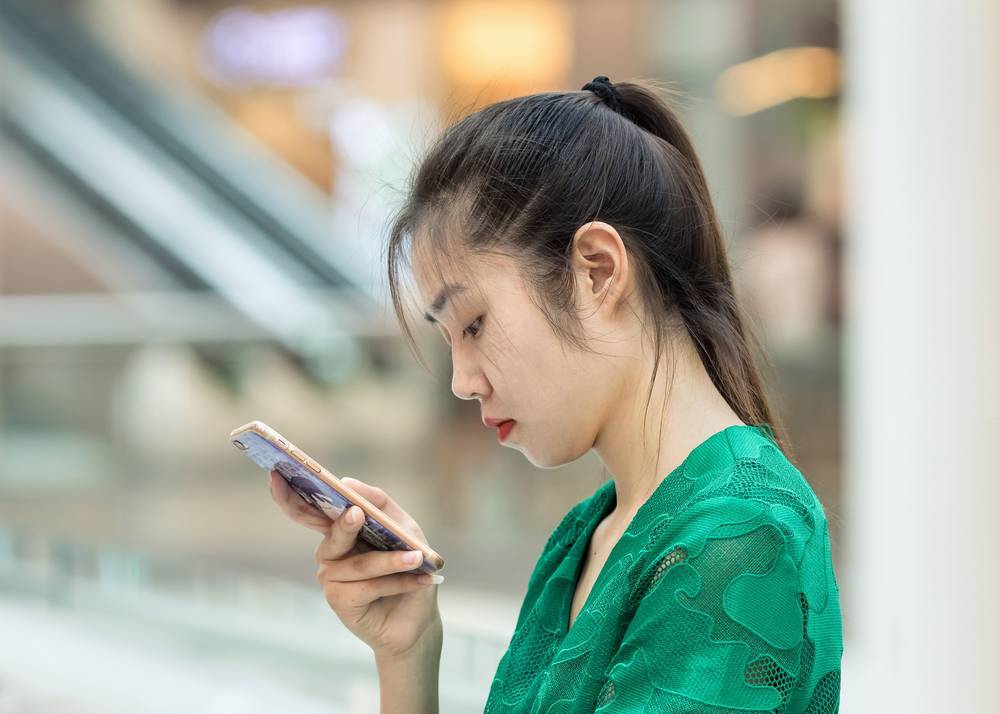The US surgeon general vice admiral Vivek Murthy recently issued a warning that social media use is a top contributor to youth depression, anxiety, and other mental health problems in the US.
The warning forms part of the report on youth mental health, which concluded that social media use by young people is nearly universal, presents a meaningful risk of harm, and cannot guarantee its safety for children and adolescents.
Current situation
Despite the understanding that literally every teenager uses social media to some extent, few people understand the mental health crisis faced by youngsters in our society. Even data collected prior to COVID-19 has shown that 1 in 5 children and adolescents aged 3-17 years in the US were having mental, emotional, developmental, or behavioural disorders. In Asia, a study conducted in China in 2021 found the prevalence of insomnia, depression and anxiety symptoms was 37.80%, 48.20% and 36.70%, respectively, among Chinese adolescents during the pandemic. A WHO report in 2017 established that suicide ideation across Southeast Asian countries in a 12-month period was 6.8%, with the prevalence of anxiety being 8.4%, and substance use of 9.7%.
A study published in 2019 enrolled 6595 adolescents with close observation of their social media use. The researchers concluded that those who spend more than 3 hours per day using social media may be at heightened risk for mental health problems, such as depression, poor emotion regulation (anxiety), social withdrawal etc.
Currently, the most famous social media platforms among teens are TikTok, Snapchat and Instagram, according to a report from Pew Research Centre. When asked whether it would be hard to give up social media, 54% of the teens expressed difficulty, despite 33% of teens thought they spent too much time on them each day.
What can be done?
Importantly, we should realize that social media use for teenagers is not all bad or evil in any sense. With the help of social media, they can keep up to date with what’s happening across the globe, get study tips, find new hobbies, or learn new skills. They can also meet friends and chat with great minds which without social media would be impossible. Like everything else (genetic engineering, nuclear technology, artificial intelligence), it’s all about how to ensure safe use. Many would agree that with proper guidance and appropriate use, social media can actually help reduce the mental health burden faced by youngsters. So what can be done? It requires a joint effort from family & school (aka parents & teachers), policymakers and social media companies.
Family and school front is the single most important factor here as teenagers spend the majority of their awake time with family and in school.
- Communication and Education: Parents should actively engage in open discussions with their teenagers about the potential impact of social media on mental health. School curricula should educate students about healthy social media use, responsible online behaviour, and the importance of self-care.
- Setting Boundaries: Establish clear guidelines and boundaries for social media use within the family and in school, such as designated device-free times or rooms. Encourage teenagers to take breaks from social media and engage in offline activities. School teachers can encourage outdoor hobbies and group sports.
- Promote Positive Self-Esteem: Help teenagers build a strong sense of self-worth and resilience by emphasizing their strengths, talents, and achievements. Encourage them to focus on real-life relationships and activities that bring them joy and fulfilment.
Social media companies should put community interests, especially teenager’s health as their top priority:
- Transparent Algorithms and Notifications: Enhance transparency regarding content recommendation algorithms, allowing users to understand how their feeds are curated. Provide notifications to users who spend excessive time on the platform, encouraging them to take breaks and promoting healthy usage patterns.
- User Controls and Safety Features: Develop user-friendly controls that empower individuals to manage their social media experience. This includes options to filter or mute certain content, limit screen time, and report harmful or abusive content.
- Responsible Content Moderation: Implement robust content moderation policies to identify and remove harmful content, including cyberbullying, hate speech, and self-harm-related content. With the help of artificial intelligence, companies should have fewer excuses for their lack of willingness or capabilities to moderate such content. More important, restrict content based on user age.
- Mental Health Resources: Collaborate with mental health organizations to provide accessible resources and support within the platform. This may include crisis helplines, information about mental health services, or integration with external mental health apps.
Legislations take time but draw the red line.
Regulatory Measures: Implement policies that promote responsible practices among social media companies, such as age verification procedures, stricter privacy controls, and limitations on targeted advertising to vulnerable populations. Significant fines and criminal charges should be laid on those who exploit adolescents at the expense of their health interests.
Support and Funding: Allocate resources and funding for mental health services in schools and community centres, ensuring that students and sometimes parents have access to counselling and support when needed.
Conclusion
Despite currently being a major risk factor for teenagers’ mental health conditions, it’s impossible for parents or policymakers to just ban the use of social media. Rather, we engage actively with the youngsters and create a welcoming environment for them on the platforms. This requires a joint effort from families and schools, social media companies and policy makers. It’s a hard battle ahead for all of us.

